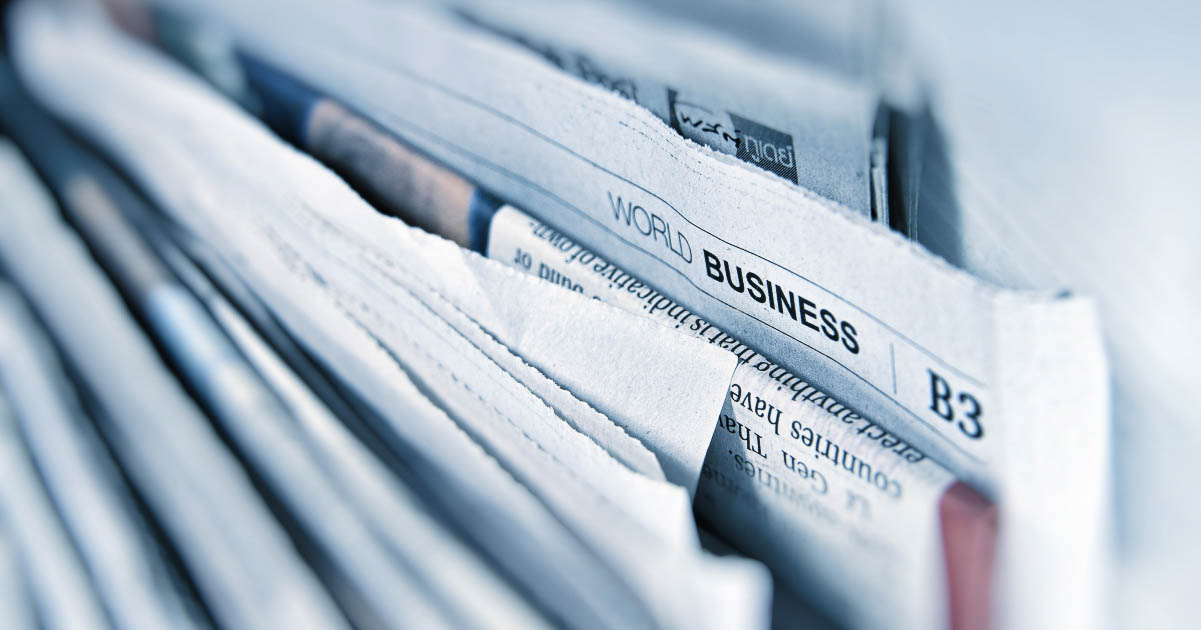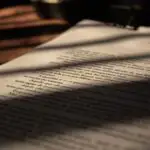
Proofreading and Editing Journalism
In the Becoming A Proofreader and Becoming An Editor courses, we focus primarily on academic, creative, and business writing. But if you work as a freelancer, you may find yourself working with other client types as well, including journalists and journalistic organizations.
To give you a sense of what to expect in these cases, then, this post will set out some basic information about editing and proofreading journalism.
Proofreading and Editing in Journalism
Journalistic writing (or news writing) is a type of non-fiction used to report news and other factual information. More broadly, journalism can also encompass feature articles, reviews, columns, opinion pieces, and other types of writing published in newspapers, in magazines, and on news websites.
One key point to remember here is that an editor at a newspaper or magazine isn’t usually someone who edits articles directly; instead, an editor is responsible for managing the overall style and content of a publication. The people who copy edit and proofread submissions from journalists, typically to remove errors and apply the publication’s house style, are known instead as sub-editors. And this is often an in-house position.
Since larger publications usually handle editing in house, moreover, they rarely need to hire freelance editors. But you can still find opportunities to work on journalistic writing if this field interests you, including with:
- Smaller publications and other organizations that produce journalistic copy (e.g., in-house magazines).
- Individual journalists seeking feedback or editing before submitting work to a publication.
As a result, it’s a good idea for freelancers to know the basics of how journalistic writing works.
Key Features of Journalistic Writing
News writing traditionally has a very distinct journalistic style. Key features include:
- A concise, objective, formal writing style, favoring straightforward terminology over technical jargon.
- Use of the third person and past tense when reporting what has happened.
- Short sentences and paragraphs to ensure clarity and accessibility.
- An inverted pyramid structure, where essential information (i.e., the five Ws) is always given first.
- Content selected on the basis of its newsworthiness (e.g., its timeliness and relevance for the audience).
- Use of quotations from experts and witnesses to the events reported on.
Editing news writing may therefore involve ensuring this general style is applied (although you should also look out for journalese, which refers to clichéd and potentially obscure use of journalistic language).
However, other types of journalism may be less formal or more subjective (e.g., feature stories often start with an anecdotal lead and use the first person). In addition, different publications vary in style (e.g., tabloid papers are generally less formal, more biased, and more inclined to use emotive language). How you approach editing or proofreading a document will therefore depend on the type of journalism at hand.
Journalistic Style Guides
Beyond the general stylistic guidelines set out above, editing or proofreading news writing and other forms of journalism may involve following a journalistic style guide. These typically use an A–Z format, covering topics and terms commonly used in news writing. Some also have separate sections for mechanical issues (e.g., punctuation and grammar) and specialist topics (e.g., sports journalism, media law, and so on).
The most famous journalistic style guide is The AP Stylebook. It is used by many newspapers, magazines, news websites, and journalism schools, especially in the U.S., so it has become the standard for journalistic writing. And if you want to specialize in editing or proofreading journalistic writing, even outside the US, you will do very well to learn the basics of AP style!
However, most large journalistic organizations have in-house style guides as well. Some of these are available as books (e.g., The New York Times Manual of Style and Usage), while others are available online for free (e.g., the Buzzfeed style guide).
These are most useful if your client is writing for a specific publication, in which case you may need to check the relevant house style guidelines. But they can also be useful for comparing how different publications approach particular stylistic issues, or simply as general resources for journalistic writing (e.g., the BBC News and Guardian style guides are useful touchpoints if your client is using UK English, since AP style focuses on US English).
Due to the variety of style guides available, you should always check which one (if any) your client is using.
Sensitivity Style Guides
Increasingly, journalistic organizations are also producing style guides about reporting on potentially sensitive topics, such as race, disability, and religion. Examples include:
- The NABJ Style Guide, which offers advice on terms and language usage relevant to reporting on race, particularly in relation to Black people and communities.
- The National Center on Disability and Journalism’s Disability Language Style Guide.
- The Association of LGBTQ Journalists’ Stylebook on Lesbian, Gay, Bisexual, Transgender, and Queer Terminology.
- The Religion Stylebook, created by the Religion Newswriters Association for journalists who report on religion in the mainstream media.
These are usually designed to supplement another style guide, such as The AP Stylebook. Some of the major journalistic style guides also address these topics, though, either as part of the main guide or in supplementary materials (e.g., the AP style guidelines on race-related coverage). If your client is writing about a potentially sensitive subject area, then, you may want to look for relevant guidelines on how to address it properly.
Journalistic Writing Resources
We won’t go into editing journalistic writing in any more detail here. However, if you are interested in this field, there are plenty of other resources available for learning more about journalism.
You can find information on the basics of journalism, journalistic writing, and AP style online (including via the Knowadays blog). And you can usually find details of specific topics with a little searching (though, as always when researching something online, make sure the websites you use are trustworthy and authoritative).
There are also many books on journalistic writing available, including:
- The Handbook of Journalism Studies, edited by Karin Wahl-Jorgensen and Thomas Hanitzsch
- The Elements of Journalism by Bill Kovach and Tom Rosenstiel
- Inside Reporting by Tim Harrower
- The Online Journalism Handbook by Paul Bradshaw
- News Writing and Reporting by Chip Scanlan and Richard Craig
If you are serious about working in this field, then, you can use these and other resources to get a strong sense of what good news writing involves, which will help you edit journalism effectively.
Start Your Freelancing Career Today
If a career as a freelancer appeals to you, why not give Becoming A Proofreader a try? Sign up for a free trial today and find out if you have what it takes!








Leave a Comment
Your email address will not be published.